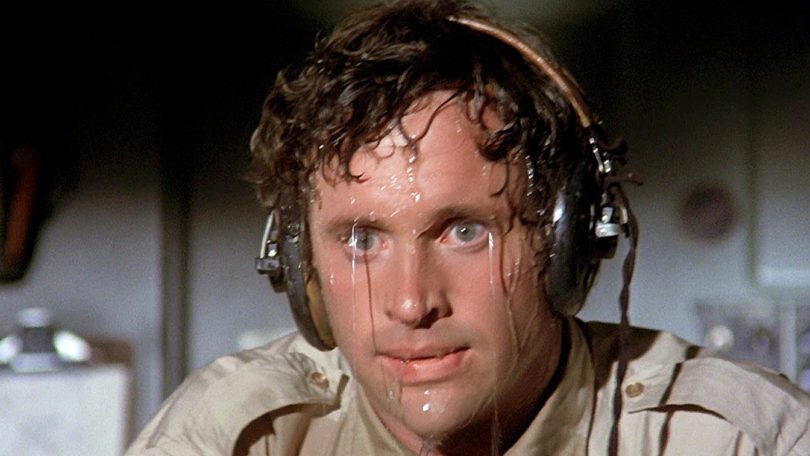The sweltering heat mixed with the swampy high levels of humidity in the summer means sweat, sometimes a lot of it. It dampens our clothes and can cause occasional embarrassing moments. For the most part, whether we’re exercising or just outside in the heat, sweating is completely natural and a sign of health. But is it ever too much?
First, let’s take a look at sweat. It’s a natural physiological response to prevent the body from becoming overheated and keeping internal body functions at a regulated temperature. When we experience heat because of the air temperature or from physical exercise, our bodies run the risk of overheating, which can cause serious organ damage. Our body regulates our internal temperature by releasing sweat, in which water comes through the pores of the skin, sitting on the surface and cooling it down.
The amount that people sweat varies from person to person. Some people are more prone to sweating based on many different factors, including genetics and some medical conditions and their treatments for which sweating is a common side effect. However, if sweating is excessive or unexpected, it’s not just potentially embarrassing but also hazardous to one’s health, leading to much faster rates of dehydration.
“It can be debilitating,” says Dr. Lyall Gorenstein, director of the Columbia University Hyperhidrosis Center. “The sweating is often heavy and uncontrollable, causing people to really struggle in social and work situations. The good news is that [it’s] highly treatable.”
Also known as hyperhidrosis, excessive sweating is a medical condition that can be hard to define, diagnose and properly treat. The Mayo Clinic defines hyperhidrosis as “when you sweat more than you might expect based on the surrounding temperature or your activity level or stress.” This is what can make it difficult for patients to know when to seek medical help if they’re dealing with undiagnosed hyperhidrosis — they’re just not sure how much sweat is too much. According to the American Academy of Dermatology (AAD), those who have hyperhidrosis tend to sweat from one or two areas of the body, most often the palms, feet, underarms or head. The rest of the body might remain dry, while “one or two areas may drip with sweat,” the AAD says.
A number of things can cause hyperhidrosis, including obesity, anxiety, an overactive thyroid, certain infections and cancer. It can also sometimes be a side effect of taking certain medications. An estimated 2-3 percent of Americans suffer from some kind of hyperhidrosis, according to a St. Louis University survey. To diagnose hyperhidrosis, a doctor will ask general questions about when and how frequently a patient realizes they’re sweating, if it interferes with daily activity and sometimes even conduct diagnostic testing. A popular diagnostic test called the sweat test involves applying a powder on the skin that turns purple when the skin becomes wet.
There’s a massive market of hygiene products focused on preventing excessive perspiration, with antiperspirant deodorants and sprays in varying degrees of strength. Antiperspirants have active aluminum-based salts in their compound, which are used to clog sweat ducts and prevent sweating in the areas to which they are applied. Antiperspirants aren’t just for underarms, either; they can be applied to any part of the body from which users find themselves sweating excessively, such as the hands.
Treating hyperhidrosis can be extremely difficult, because it can require several different strengths and approaches. Aside from over-the-counter and prescription-strength antiperspirants, patients can choose from oral medications, Botox injections and even the aptly-titled No Sweat Machine, a home treatment which sends low levels of electrical currents through water and helps to shut down the sweat glands in the most affected parts of the body. Additional, more advanced treatment methods include lasers, a treatment called miraDry that uses microwave energy to kill the sweat glands in the underarms and a last-resort surgical option called thoracic sympathectomy, which cuts nerves.
Stopping the body from naturally sweating isn’t unhealthy, despite worries to the contrary. Although sweating is intended to remove waste products from the body, that work is minimal compared to the liver and kidneys. And even if you’re not sweating from your armpits, there are sweat glands all over the body to keep you from overheating.
However, if you find that you’re sweating more than normal, are sweating unexpectedly or if sweating is getting in the way of your daily life, it could be a conversation worth having with your doctor.







